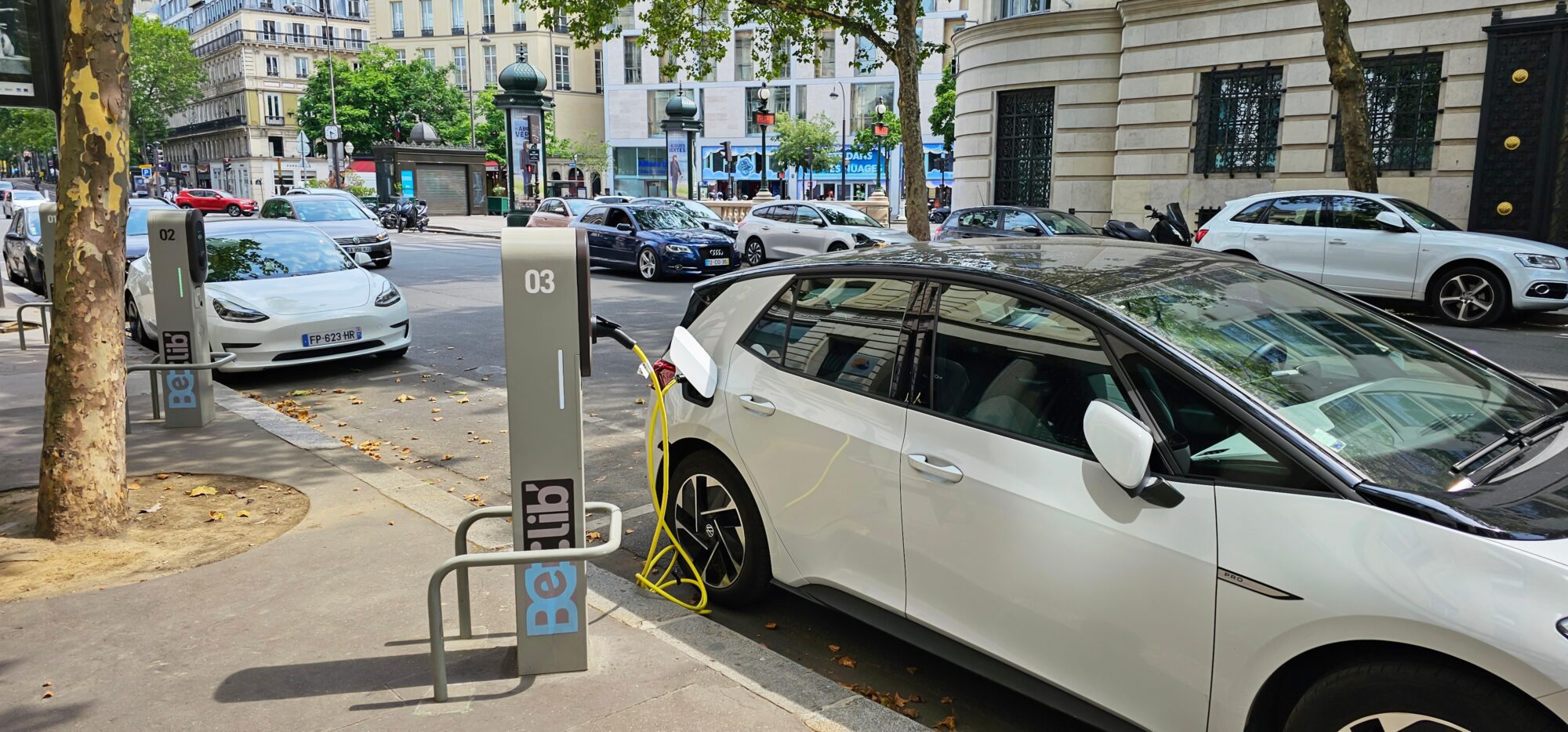Moving past the early market: How to get battery electric vehicles to the mainstream – International Council on Clean Transportation


Introduction

It usually takes time for new technologies to gain widespread acceptance. According to Everett M. Rogers’ Technology Adoption Life Cycle model, new technologies follow a five-stage diffusion path that starts with tech-savvy, often more wealthy “innovators” and ends with “laggards.” We saw this with radios, cable TV, and personal computers, and now we’re seeing it with battery electric vehicles (BEVs).
Between the consumers in the early market who embrace innovations quickly and those who hesitate lies a “chasm” that Geoffrey Moore identified as the most critical point for the successful diffusion of new technologies. In Europe now, the adoption of BEVs is right around the chasm, and that’s why the key enabling policies we’ll discuss below are so critical.
BEV Adoption in Europe
In Europe, the total number of BEVs registered in the first half of 2024 was just over 954,000, a 1.6% increase compared with the same period in 2023. (Here Europe covers the 27 European Union [EU] Member States, Iceland, Norway, Switzerland, and the United Kingdom.) The EU-27 alone had 1.3% growth rate in the first half of 2024 compared with the first half of 2023. The BEV share of all cars registered in Europe reached 13.9% in the first half of 2024, almost the same as the 14.2% in the first half of 2023 (in the EU-27 alone it was 12.5% for first half 2024 versus 12.9% for first half of 2023).
Still, the BEV share of all new registrations decreased in 16 out of our 31 European countries from the first half of 2023 to the first half of 2024. Of the three largest European passenger car markets by new registrations, Germany’s BEV share decreased by 3 percentage points, France’s increased by almost 2 percentage points, and in the United Kingdom, it increased slightly by half a percentage point. Malta, Denmark, and Belgium saw the largest increases in new registration shares, by 15, 14, and 8 percentage points, respectively, in the first half of 2024 compared with the same period in 2023.
Skepticism and the Rogers Model
Because the European markets are developing at different rates, some skepticism about the future of BEVs has emerged in media coverage in various regions, including Germany and the United Kingdom. We’ve seen such reactions to other innovations in the past, though. So, let’s use the Rogers model to put today’s BEV trends into perspective.
We’ll use full-year figures for 2023 to avoid the influence of any potential seasonal peaks. In the Technology Adoption Life Cycle model, market uptake follows a predictable pattern called an S-curve, as shown in Figure 1. The early market—innovators and early adopters—comprises about 16% of targeted consumers compared with the other 84% of the market.
We looked at the adoption of BEVs through this same lens in a 2016 ICCT report. Fast forward to 2023, and we see that China is leading among large markets with a 24% share for BEVs among new car registrations. That means that BEVs in China are reaching many of the early majority consumers in the mainstream market; the same is true in the State of California in the United States. Europe’s BEV share is at almost 16%, approaching the mainstream, and the United States overall has an 8% sales share, which means BEVs are still being purchased only by early adopters. However, in some regional markets in the United States and Canada, including Washington, D.C. and Québec, BEVs are moving toward the mainstream, and in Washington state and British Columbia the market crossed the chasm in 2023.
SDGs, Targets, and Indicators Analysis
1. Which SDGs are addressed or connected to the issues highlighted in the article?
- SDG 7: Affordable and Clean Energy
- SDG 9: Industry, Innovation, and Infrastructure
- SDG 11: Sustainable Cities and Communities
- SDG 13: Climate Action
The article discusses the adoption and diffusion of battery electric vehicles (BEVs), which are connected to the goals of affordable and clean energy, industry innovation, sustainable cities, and climate action.
2. What specific targets under those SDGs can be identified based on the article’s content?
- SDG 7.2: Increase substantially the share of renewable energy in the global energy mix.
- SDG 9.4: Upgrade infrastructure and retrofit industries to make them sustainable.
- SDG 11.6: Reduce the adverse per capita environmental impact of cities, including air quality.
- SDG 13.2: Integrate climate change measures into national policies, strategies, and planning.
The article highlights the need to increase the adoption of BEVs, which would contribute to a higher share of renewable energy in the global energy mix (SDG 7.2). It also mentions the development of infrastructure for BEVs and the retrofitting of industries to support sustainable transportation (SDG 9.4). The adoption of BEVs can help reduce air pollution and improve air quality in cities (SDG 11.6). Additionally, the use of BEVs contributes to climate change mitigation efforts by reducing greenhouse gas emissions (SDG 13.2).
3. Are there any indicators mentioned or implied in the article that can be used to measure progress towards the identified targets?
- Percentage increase in the number of registered BEVs
- BEV share of all cars registered
- BEV share of all new registrations in different countries
- Percentage change in BEV share from previous periods
The article provides data on the number of registered BEVs, the share of BEVs among all cars registered, and the changes in BEV share over time in different countries. These indicators can be used to measure progress towards the targets of increasing the adoption of BEVs and transitioning to a more sustainable transportation system.
Table: SDGs, Targets, and Indicators
| SDGs | Targets | Indicators |
|---|---|---|
| SDG 7: Affordable and Clean Energy | Increase substantially the share of renewable energy in the global energy mix (SDG 7.2) | Percentage increase in the number of registered BEVs |
| SDG 9: Industry, Innovation, and Infrastructure | Upgrade infrastructure and retrofit industries to make them sustainable (SDG 9.4) | BEV share of all cars registered |
| SDG 11: Sustainable Cities and Communities | Reduce the adverse per capita environmental impact of cities, including air quality (SDG 11.6) | BEV share of all new registrations in different countries |
| SDG 13: Climate Action | Integrate climate change measures into national policies, strategies, and planning (SDG 13.2) | Percentage change in BEV share from previous periods |
Source: theicct.org








